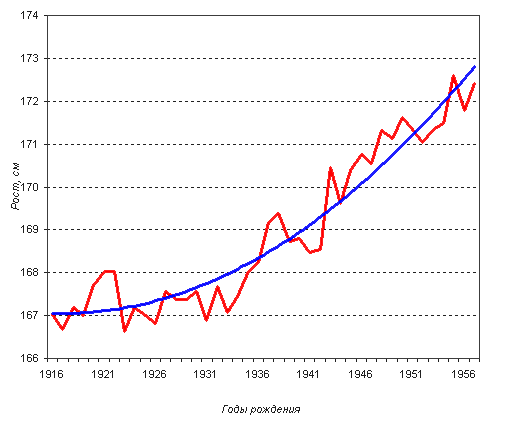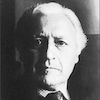- 14 Aug 2012 22:45
#14031909
Nope.
If the US and the USSR had had a conventional conflict in the immediate aftermath of the Second World War (as Churchill wanted to do...) the USSR would have won, no question about it.
Not to mention that the US was only able to become so powerful because it was given a helping hand (ie. lots of gold, hard cash and most of our national secrets) by a certain obese leader in an unforgiveable act of treachery, the USSR achieved it all on its own.
Wolfman wrote:Fixed.
Nope.
If the US and the USSR had had a conventional conflict in the immediate aftermath of the Second World War (as Churchill wanted to do...) the USSR would have won, no question about it.
Not to mention that the US was only able to become so powerful because it was given a helping hand (ie. lots of gold, hard cash and most of our national secrets) by a certain obese leader in an unforgiveable act of treachery, the USSR achieved it all on its own.













 - By Rancid
- By Rancid - By wat0n
- By wat0n - By Tainari88
- By Tainari88